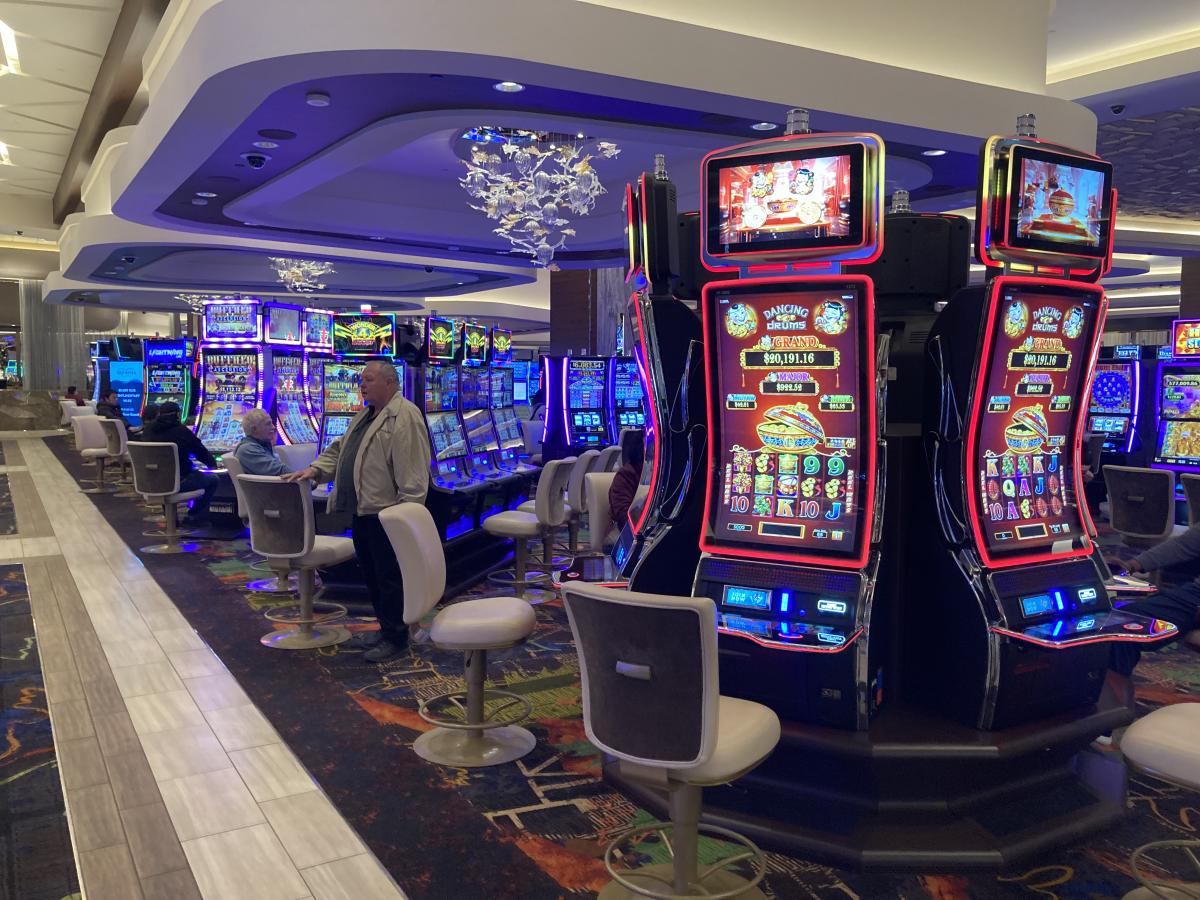
Casino games have long captivated the human imagination, drawing participants into a universe filled with fortune, strategy, and the allure of adventure. Each experience is meticulously crafted not just for enjoyment, but also to elicit particular emotional responses that keep participants involved and invested. Understanding the motivations behind these designs reveals much about how human psychology plays a crucial role in the gaming experience.
From the bright lights and dynamic sounds to the sophisticated layering of rules and payoffs, casino games are designed to create an atmosphere of anticipation and expectation. 78 win Game designers leverage psychological principles to influence player behavior, whether through the use of big prizes, close-call situations, or social connections. By examining these elements, we can better appreciate how casino games fulfill not just a need for entertainment, but more profound psychological needs for excitement and hazard.
Understanding Player Behavior
Casino games are engineered with a thorough understanding of player psyche, which is crucial for luring and retaining players. The thrill of the game, alongside the anticipation of winning, establishes a powerful draw. Game designers employ elements like sound effects, dynamic graphics, and engaging gameplay to engage attention and elicit emotional responses. These sensory elements enhance the total environment, making players feel more attached in the game.
Another significant aspect of player behavior is the concept of risk and reward. Casino games often weigh high-stakes situations with the potential for significant rewards, which can result in the phenomenon known as near-miss effect. When players come close to winning, the brain secretes dopamine, reinforcing their behavior and encouraging them to continue playing in quest of that hard-to-reach win. This cycle of hope and disappointment plays a key role in how games are designed and advertised.
Lastly, social factors also play a central role in player behavior at casinos. Many games are made to be played in groups or in company with other players, creating a sense of belonging and shared experience. The interaction inherent in games like blackjack enhances enjoyment and can result in extended gameplay. https://78win.gift/ Designers capitalize on this by creating environments that encourage players to stay, interact, and revisit, making the overall casino experience more inviting.
The Role of Imagery and Sound
Imagery and audio play a vital role in improving the player’s experience within gambling games. Designers utilize vibrant colors, striking graphics, and engaging animations to capture gambler’s attention and sustain their interest. The use of motifs, such as exploration or opulence, helps create an engaging atmosphere that transports players into another world. By appealing to the senses, these elements add to a intensified emotional response, prompting players to interact more profoundly with the games.
Audio design is equally important in reinforcing the overall experience of casino games. The combination of background music, audio effects for winning combinations, and environmental noises creates an auditory landscape that holds players fascinated. Audio cues associated with victories, such as ringing bells or festive music, evoke feelings of excitement and satisfaction, encouraging players to keep playing. These audio cues are carefully placed to enhance the thrill of the game and create a more engaging experience.
Additionally, the alignment of imagery and sound is important for supporting the game’s overall concept and mood. Each element should align seamlessly to create a cohesive experience that pulls players in. The effective use of this integration not only enhances user satisfaction but also boosts the chances of repeat play, as players become more engaged in the captivating world that the casino games offer. This thoughtful combination of visuals and sound ultimately enhances player engagement and loyalty.
Incentive Systems and Engagement
The development of gambling experiences significantly depends on reward structures to keep players involved and returning for more. These structures are based in psychological principles that exploit human behavior and desire. Participants are often driven by the excitement of winning, which is supported by immediate responses through the game’s mechanics. This prompt satisfaction not just enhances the gaming experience but also cultivates a feeling of achievement, prompting players to keep participating in hopes of bigger gains.
Casinos utilize various reward structures, such as large payouts, bonuses, and multipliers, to captivate participants. These features create a layer of excitement that maintains interest. Additionally, the randomness of outcomes plays a significant role in sustaining interest. The intermittent reinforcement schedule, where successes are unpredictable but occur often enough, maintains players on edge and motivated to keep playing. This loop of hope and anticipation is essential to the effectiveness of casino games.
Moreover, social elements, such as tournaments and collaborative options, enhance the engagement factor by tapping into the competitive nature of players. The shared experience of gaming with fellow participants can amplify the thrill of winning and create a community atmosphere within the gaming space. By integrating these social dynamics with effective incentive structures, casino games not only offer fun but also nurture a deeper bond among participants, reinforcing their loyalty to the overall experience.